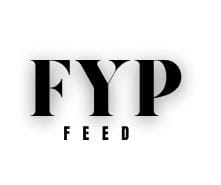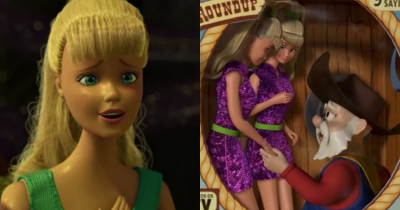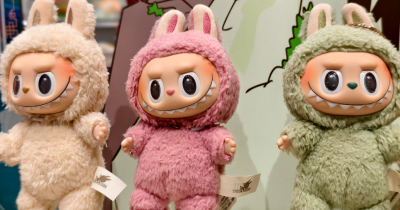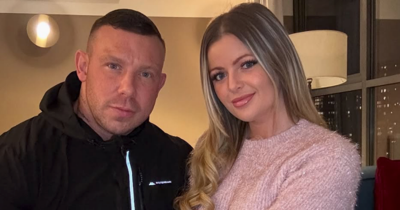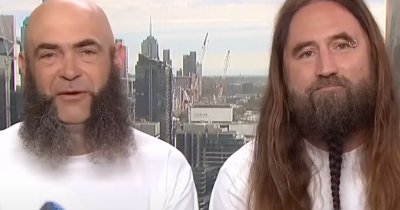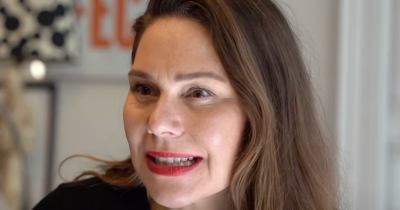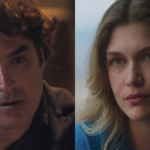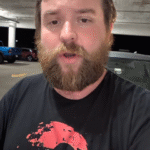Pixar Removed Barbie Joke From Toy Story 2 Twenty Years After Its Release
In the year Pixar made Toy Story 2 in 1999 The sequel was immediately celebrated as an innovative animated film. It was being praised for its heartfelt storytelling technological innovation, as well as funny humor that was a hit with all ages, including children. However, two decades later in 2019, the discerning fans discovered that a joke had disappeared from the newer version of the movie. The scene in question? The scene is a controversial Barbie joke that centered on the Stinky Pete character. Stinky Pete and which was later criticized by a number of critics as inappropriate.
A Beloved Sequel With Hidden Layers
Toy Story 2 was never conceived to be a mere animated film. It was a continuation of the first fully-length computer-animated movie, Toy Story (1995) which meant that the demand to live up to expectations was huge. When it finally landed in cinemas it did not just surpass box office expectations, but also established Pixar as the benchmark for family entertainment.
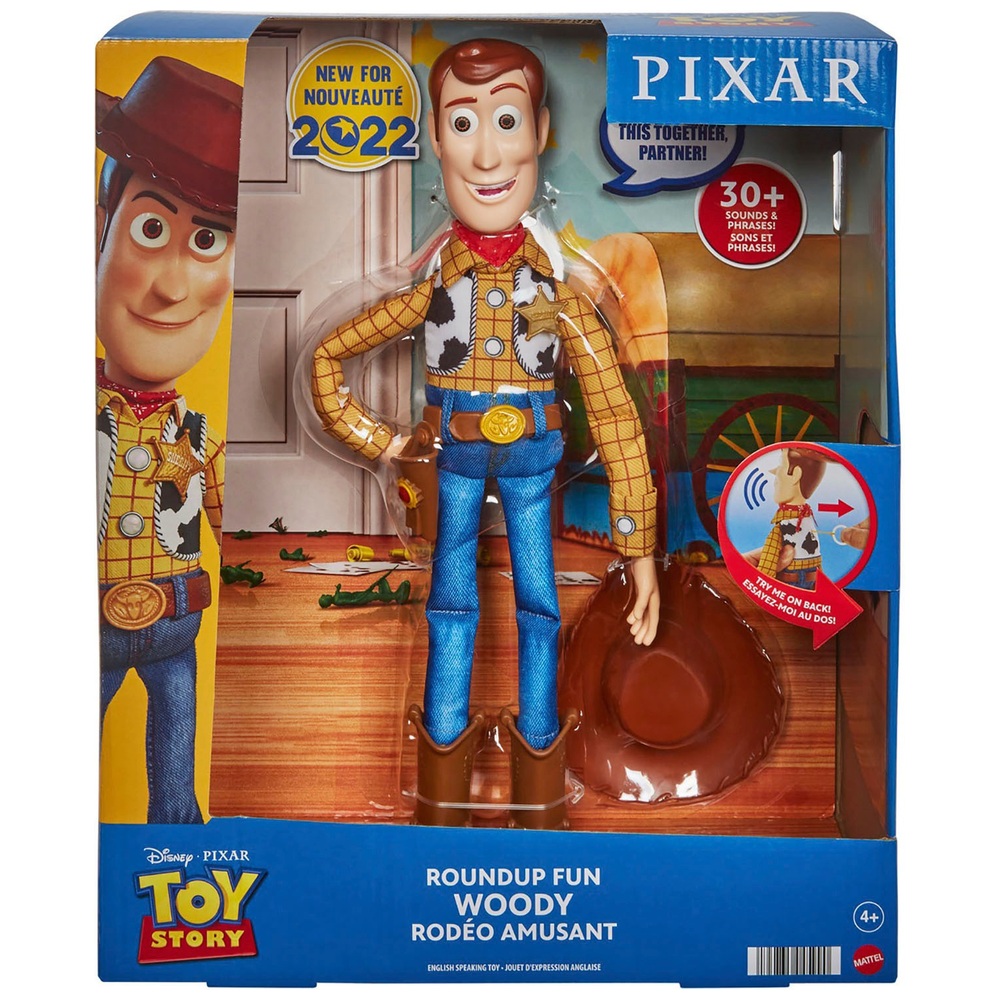


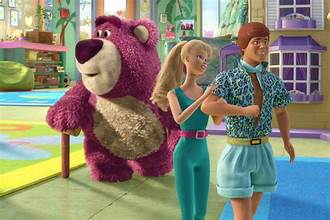
One of the films’ strengths was the now-famous bloopers at the end of the credits, animated “outtakes” that made the characters in the toy world look like real actors struggling to learn their lines on the set. For many the bloopers became famous as the story that was told, mixing fun for children with a sly satire aimed at adults.
One of those bloopers wasn’t able to fade as quickly as Pixar might have thought.
The Controversial Stinky Pete Scene
The gag starred Stinky Pete, a character from the toy market voiced by Kelsey Grammer, sitting inside his box, and flirting in a fling with 2 Barbie dolls. Woody (Tom Hanks) turns the box and then catches Stinky Pete in mid-conversation.
“So, you two are absolutely identical?” Pete is smiling with a smile before adding, “I’m sure I could get you a part in Toy Story 3.”
The meaning is obvious It’s a joking reference to the casting couch behavior we’ve heard so much around in Hollywood. Stinky Pete is even holding Barbie’s hands as he goes on his unintentional advances, only to end up getting caught and making for an excuse.
In the early days, viewers mostly dismissed it because it was one of Pixar’s witty references to adult culture. In retrospect, however the gag seemed odd in a child’s movie.
Why Pixar Removed the Scene
The decision to end the gag was made in 2019, a year after the #MeToo movement changed the face of Hollywood and exposed the widespread abuse of power within the industry. In this current climate it was apparent that what was once thought to be harmless satire has now been interpreted as a blatant attack on harassment.
Disney and Pixar took a decisive action, removing the disc’s blooper from Blu-ray releases, and making sure it wouldn’t be available in Disney+. For those who are younger and have seen Toy Story 2 for the first time, the gag isn’t there anymore.
According to industry experts this move was a reflection of not only the shift in cultural norms but also the ongoing efforts of Disney to keep its image as a brand that is family-friendly.
Fans React: Divided Opinions
The reactions to the change were a mixed response. On the other hand, a majority of viewers backed the decision.
“I always thought it was inappropriate,” one person said on Reddit.
Another echo was: “This was honestly a excellent decision. It was always weird and definitely off-putting.”
Some, however, reacted with dismay at the removal, viewing it as an indication of sanitization that is not enough.
“I don’t see it as inappropriate–I think it’s more relevant than ever,” said one viewer.
Another adds: “Comedy often highlights real problems. Stinky Pete had been the main villain therefore his conduct was evidently incorrect. This is why the story was so important.”
Some even claimed that the removal of the gag reduces the historic background for the production, while pointing out that satire frequently reflects the society of the time.
Cultural Shifts and the #MeToo Effect
The elimination of the Barbie incident cannot be separated from wider changes in culture. Following Harvey Weinstein’s revelations Harvey Weinstein revelations and the #MeToo movement, actions that were once dismissed as “industry secrets” were openly and criticized.
A studio like Pixar that is a major one, leaving the gag in place could make it appear snarky to an audience that has become increasingly sensitive to concerns of the exploitation of others. Instead, by cleaning the gag, the studio was able to align itself with the current values and dissociated itself from the dark reality of Hollywood that the joke had previously made fun of.
This isn’t the only time that Disney has revisited its older films to take out or alter problematic content. Classic animated films like Dumbo or Peter Pan now have disclaimers regarding the racial stereotypes that are streamed through Disney+.
Comedy, Context, and the Problem of Aging Jokes
The controversy over toy story 2’s “bloopers” Toy Story 2 movie blooper raises a bigger issue: should jokes be evaluated based on the standards of their day, or by the values of today?
The field of comedy has been in risky area, and relies heavily on the context. The scenes that made people laugh in 1999 could cause them to shiver in the year ahead. Some say that taking down these scenes erases the past instead of encouraging viewers consider how their views have changed.
However, for a film aimed at children such as Toy Story 2 with a new generation still getting introduced to the characters Disney’s cautious stance is sensible.
The Legacy of Toy Story 2
Despite the controversy however, its legacy from Toy Story 2 is not tarnished. The film is still adored for its emotional depth – the struggle of Woody’s in identity and Jessie’s harrowing backstory as well as the themes of growing older and loyalty continue to be a favorite with audiences in the present.
Stinky Pete, despite his flaws, is an iconic villain, embodies that bitterness in toys that have been left behind. The very humor that’s now removed was a reflection of his character of sleaze, which affirmed his image as a character that audiences were told to avoid.
What This Means for Pixar Moving Forward
The demise from the Barbie gag shows that even the most innocent of entertainment could be subject to revision. Pixar, as do many studios, is faced with the task of conserving its old classics and making sure that they reflect the needs of the present-day audience.
For those who love the films this debate highlights an issue of nostalgia and advancement. Should films be kept in their original forms with all the warts and imperfections? Or, should studios assume responsibility in shaping the future generation are able to see?
Conclusion
20 years on from its debut, Toy Story 2 is still a classic in the field of animation. However, the sluggish removal of the controversial Barbie gag shows how cultural changes can change how we see the most loved films.
If one views the shift as censorship, or an essential adaption, it is the undisputed fact that stories, just like the viewers who enjoy them, do not get lost in time. They change, reflecting the conversation across the globe outside the screens.
